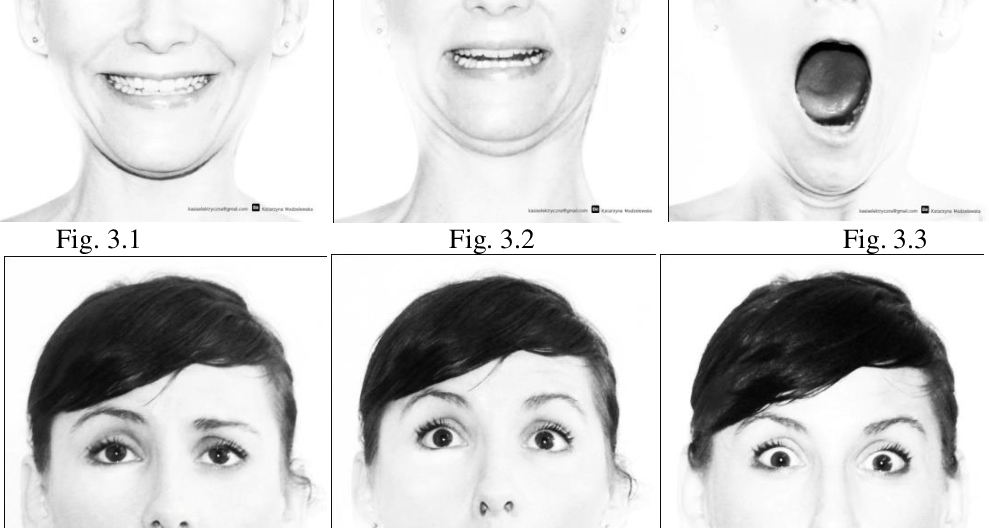Autists
Teenagers in the 1970s argued a lot with their parents. I was no exception to that rule and argued with my mother almost every day. Almost at every fight she yelled “DO NOT LOOK AT ME SO THREATENING”.
So when I was told in 2006 that I would be autistic, I initially had serious doubts about it. Everyone knows that autistic people naturally don’t make eye contact. That’s the big difference between autists and neurotypicals.
But that turns out not to be true.
I naturally don’t make eye contact. Except when I’m arguing with someone.
Eye contact is so striking that it is unimaginable that psychologists have not researched this. So they must have. They have found that, like predators, autists naturally only make eye contact when they are in conflict and have lied about this in the literature.
Mental health care has been trying to convince us for sixty years that our way of making eye contact is unnatural and is caused by a problem with information overload. But anyone who has to read way too much in their office job suffers from information overload and can tell you that information overload does not cause a feeling of threat but a feeling of exhaustion.
neurotypicals
Neurotypicals tell us that eye contact is important for recognizing emotion and being able to recognize people.
But a psychologist who was invited by the Rotterdam autists club in 2008 told that autists are quite capable of recognizing emotions from photos. Not only that, but autistics recognize facial expressions 0.5 seconds faster than neurotypicals.
Over the past year, I have been hearing more and more from neurotypicals that they have difficulty recognizing people with a corona mouth cap on.
So apparently eye contact isn’t quite as important for recognizing facial expressions and recognizing people as neurotypicals think.
Autists, like predators, naturally only make eye contact when they have a conflict. Neurotypicals always do this. Why?
In the immediate vicinity of the mouth are thirty muscles that are always in motion. Anger and surprise are expressed with the eyebrows. But all other emotions are largely expressed by muscles in the immediate vicinity of the mouth.
In recent years, cat scans have shown that neurotypicals have an innate language center. This kind of specialization usually comes at the expense of something else. Could it possibly be at the expense of the ability to process large amounts of information? Could it be that interpreting the meaning of thirty muscles that are always moving is so exhausting for neurotypicals that they can’t constantly look at them?
The human language ability probably developed about 2 million years ago. That’s more than enough time for the mutations that allow neurotypicals to always make eye contact.
Since autistic people make eye contact naturally, it is very likely that we have been around for much longer than 2 million years.
Apparently it’s not customary all over the world to smile at every encounter. In Russia they do it very differently.
